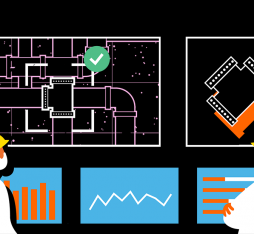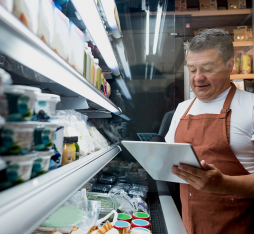The supply chain must adapt and many stakeholders are responding to the challenges of the “4th industrial revolution” thanks to artificial intelligence, augmented reality or even robotics.
The new digital spaces of logistics
The entire supply chain, or the production and distribution chain of a product – its design, its production, up to its delivery to the customer -, is undergoing a digital revolution in order to respond to ever tougher customer requirements and the challenges posed by the e-commerce boom.
Products are becoming shareable, geolocatable, traceable, customisable, etc.
In parallel, the supply chain must adapt and many stakeholders are responding to the challenges of the “4th industrial revolution” thanks to artificial intelligence, augmented reality or even robotics, technologies that are more and more simple to use. These technologies enable improvement of user experience, optimisation of the design phase by anticipating constraints, reduction of ecological impact, and improvement of working conditions thanks to robots.
This transformation is also necessary to deal with the strong trend of massive product customisation, in order to have a production cycle that is more flexible and ever more respectful of environmental constraints.
From design to delivery, some examples of the supply chain of the future.
Read also on Hello Future

An example of secure and fluid mobile use of generative AI with compliance analysis by video at the MWC
Discover




